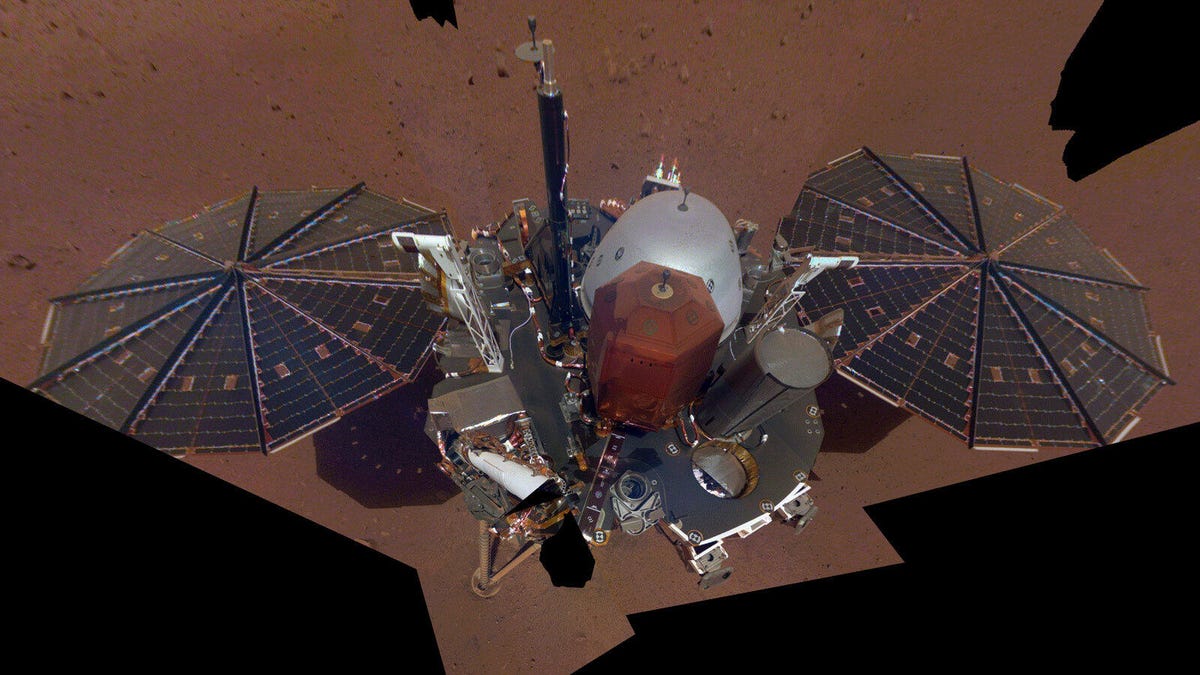NASA InSight Lander Detects 'Monster Quake' on Mars
It's the biggest quake ever detected on another planet.

NASA's InSight lander is using a seismometer to listen to Mars' guts.
At last, the "big one." NASA scientists are over the moon about a major marsquake recorded by the InSight lander on May 4. The quake clocked in at an estimated magnitude 5, making it the largest of over 1,300 quakes cataloged by the lander since it arrived on the red planet in 2018.
Data from InSight's seismometer has helped researchers map the planet's interior as they seek to understand how rocky planets like Mars and Earth form.
A spectrogram shows the magnitude 5 marsquake detected by the InSight lander on May 4, 2022.
Analysis is just beginning on the big quake. "Since we set our seismometer down in December 2018, we've been waiting for 'the big one,'" said InSight principal investigator Bruce Banerdt in a NASA statement on Monday. "This quake is sure to provide a view into the planet like no other. Scientists will be analyzing this data to learn new things about Mars for years to come."
A magnitude 5 quake isn't a huge deal on Earth, but it's pushing the limits for what researchers expected from Mars. NASA called the quake "the biggest ever detected on another planet." We have a lot to learn about quakes on other worlds, though NASA's Apollo program found evidence of quakes on the moon.
The marvelous marsquake comes at a time when InSight is struggling with power issues due to dust-caked solar panels. NASA had extended the lander's mission through the end of the year, but its future remains uncertain as the dust problems linger. No matter what becomes of InSight, it will have greatly expanded our knowledge of Mars and how the red planet shakes its tail feathers.

